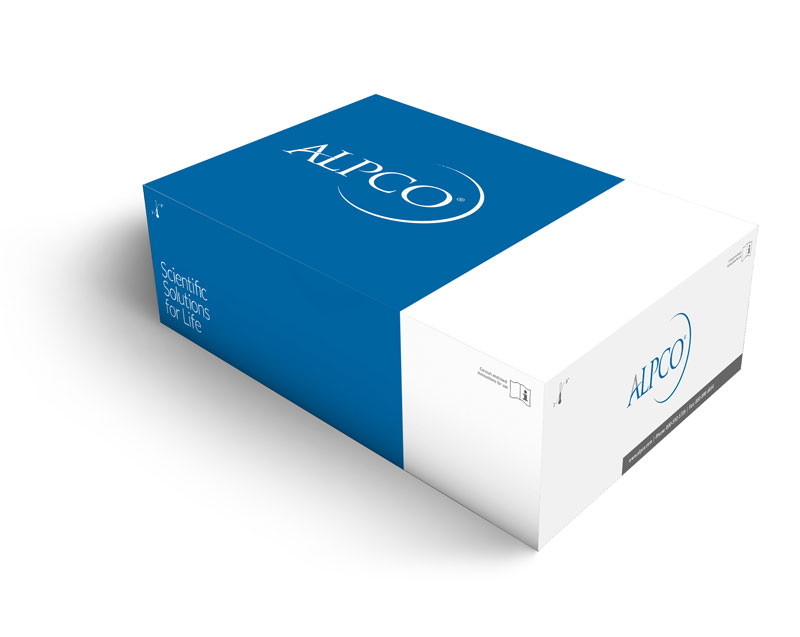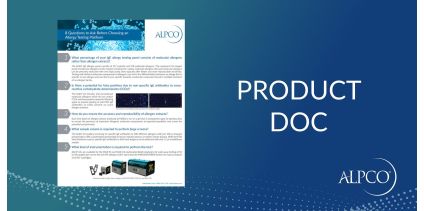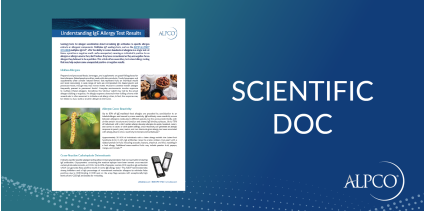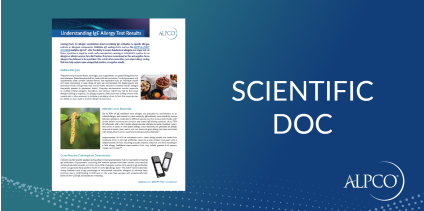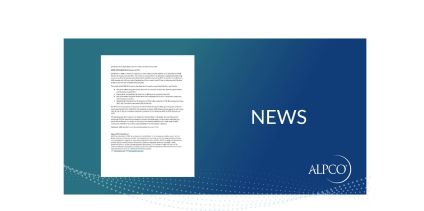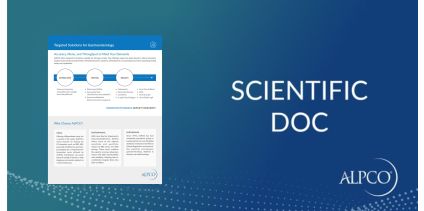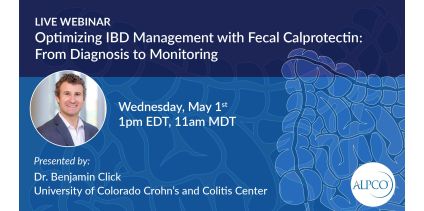IL-6 ELISA
$682.00
Catalog
04-BI-IL6
IL-6 ELISA is for the quantitative determination of IL-6 in serum, cell culture, urine and plasma (EDTA, heparin, citrate). For Research Use Only. Not for use in diagnostic procedures.
Species
Human
Regulatory Status
Research Use Only. Not for Use in Diagnostic Procedures.
Product Distribution
Available in North America Only
Range
3.125 – 200 pmol/mL
Sensitivity
LLOQ: 0.78 pg/ml
Sizes
96 Tests
Sample Types
Cell Culture, Citrate Plasma, EDTA Plasma, Heparin Plasma, Serum, Urine
Inc Time Hour
4
Inc Time Minute
30
Inc Time Overnight
No
Inc Time See Protocol
No
Sample Size
100
Detection
Colorimetric
The Biomedica IL-6 Sandwich ELISA kit is a test that is intended for the quantitative measurement of IL-6 levels in human serum and plasma samples. Target information: Interleukin-6 (IL-6), also known as B-cell stimulatory factor 2 (BSF-2), CTL differentiation factor (CDF), Hybridoma growth factor or Interferon beta-2 (IFN-beta-2), is built up by 183 amino acids and has a calculated molecular weight of 23.7 kDa. The gene is mapped at chromosome 7p21. It is a pleiotropic, alpha helical protein that is composed of a four-helix bundle (Somers W et al.). IL-6 is phosphorylated at amino acid 81 and it is variably glycosylated by N-linked glycosylation. IL-6 belongs to the IL-6/GCSF/MGF protein family (Rose-John S et al.) whose members share a common use of the gp130 receptor subunit. IL-6 isoforms, with internal deletions, are generated by alternative splicing. The principal cell sources for IL-6 are mononuclear phagocytes, vascular endothelial cells, fibroblasts or other cells. IL-6 is the ligand for the Interleukin-6 receptor alpha (IL-6Ralpha) (Schwantner A et al.) that occurs membrane-bound, but that may also circulate as soluble form generated by alternative splicing or proteolytic cleavage. To induce signaling, IL-6 first forms a complex with the non-signaling IL-6Ralpha. Subsequent binding to the signal transducing subunit gp130 leads to dimerization of gp130 and finally to the formation of the hexameric signaling complex (Boulanger MJ et al.). Complexes of IL-6 and soluble IL-6Ralpha may elicit responses in cells lacking the membrane-bound IL-6Ralpha but expressing the ubiquitous gp130 coreceptor. This process is known as trans-signaling, it enlarges the spectrum of target cells responding to IL-6 (Mihara M et al.).

